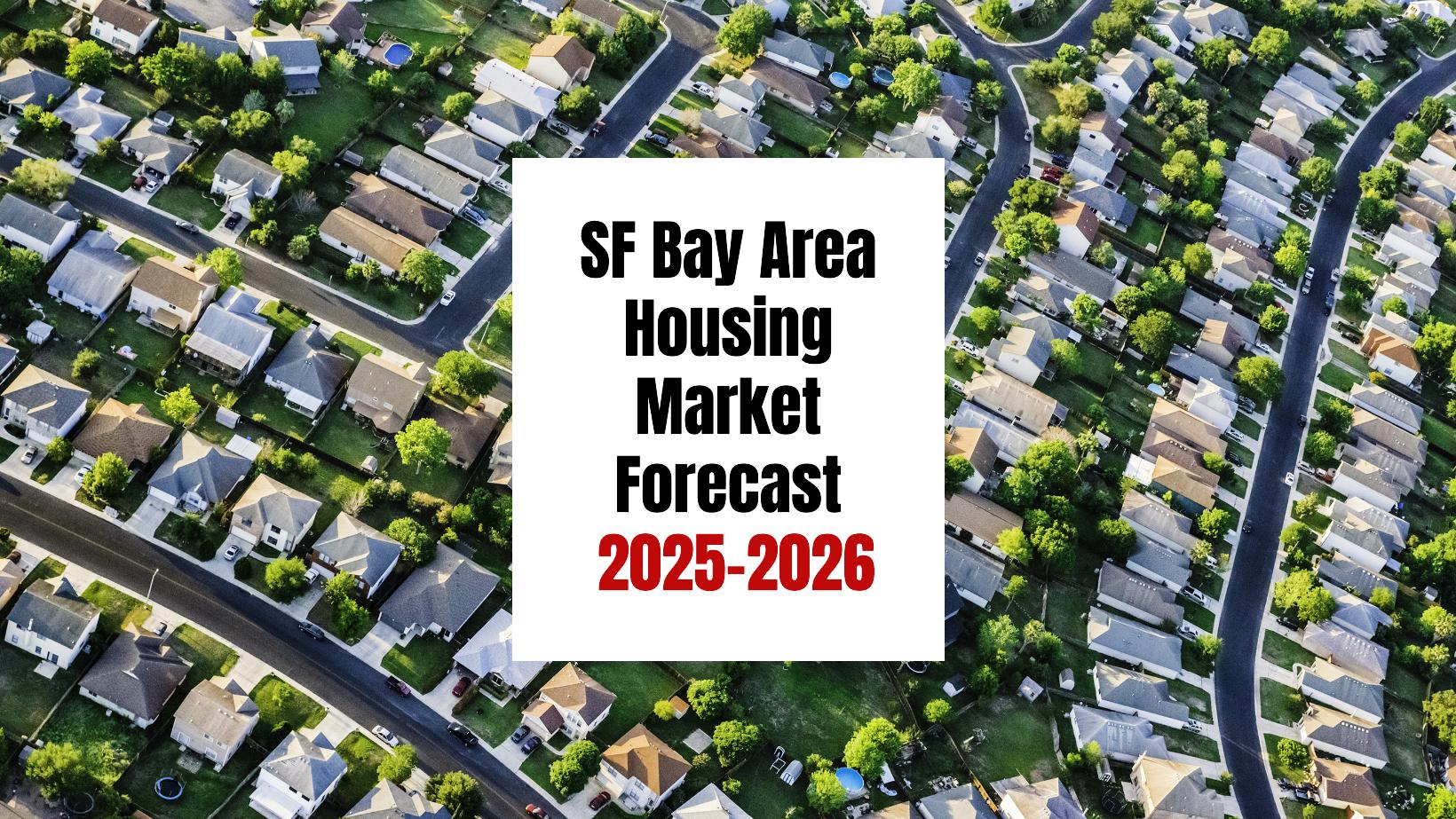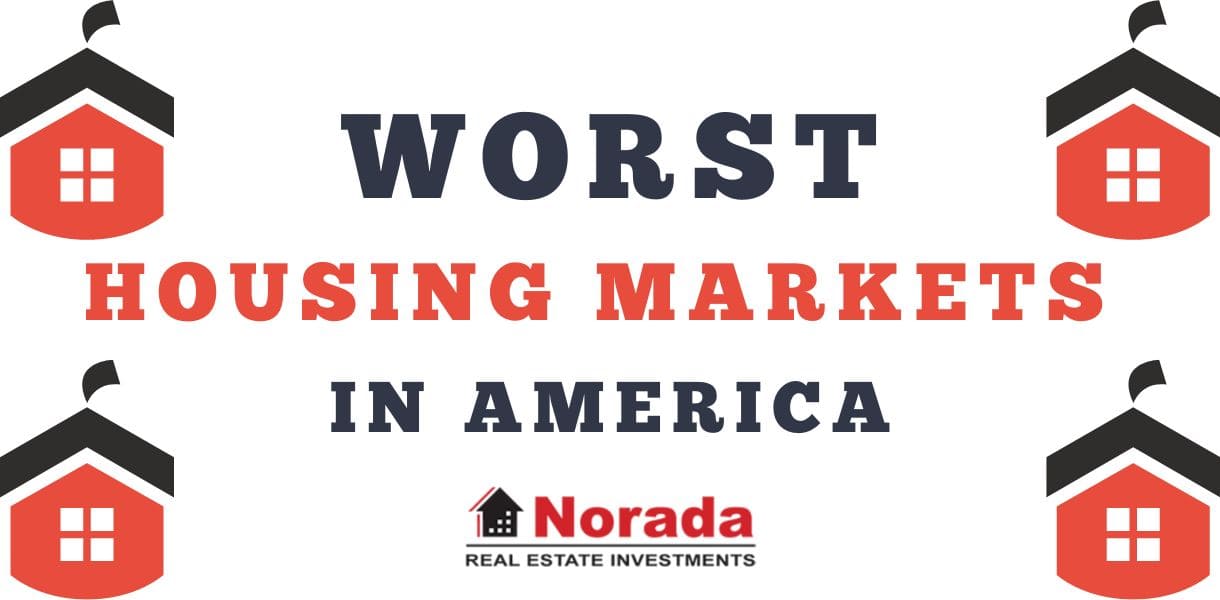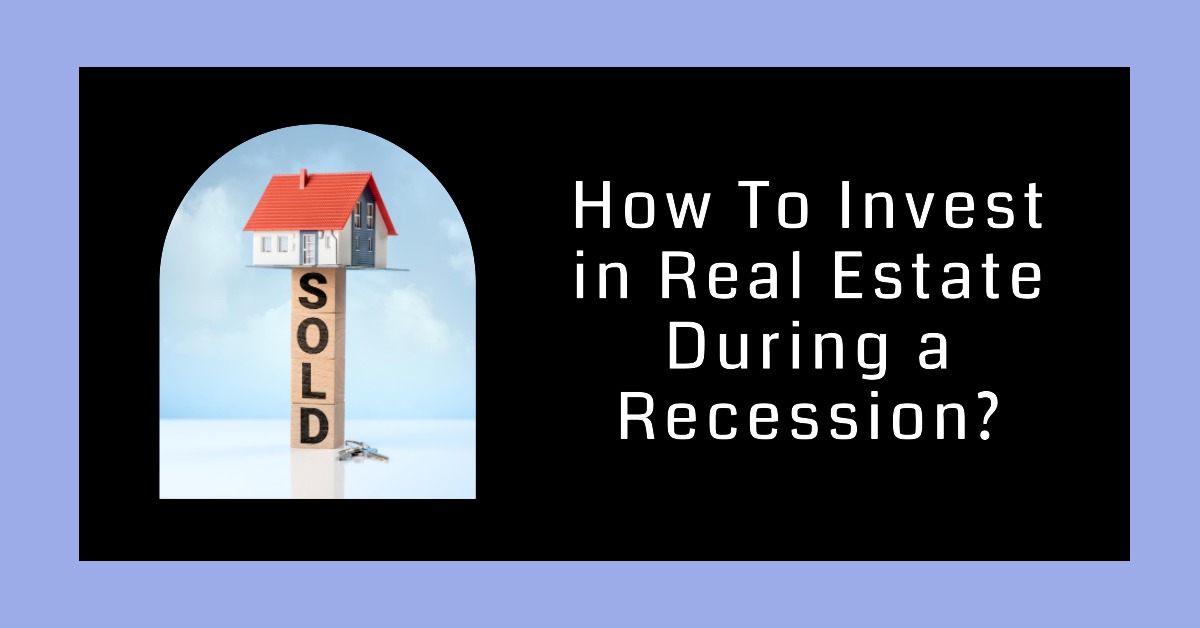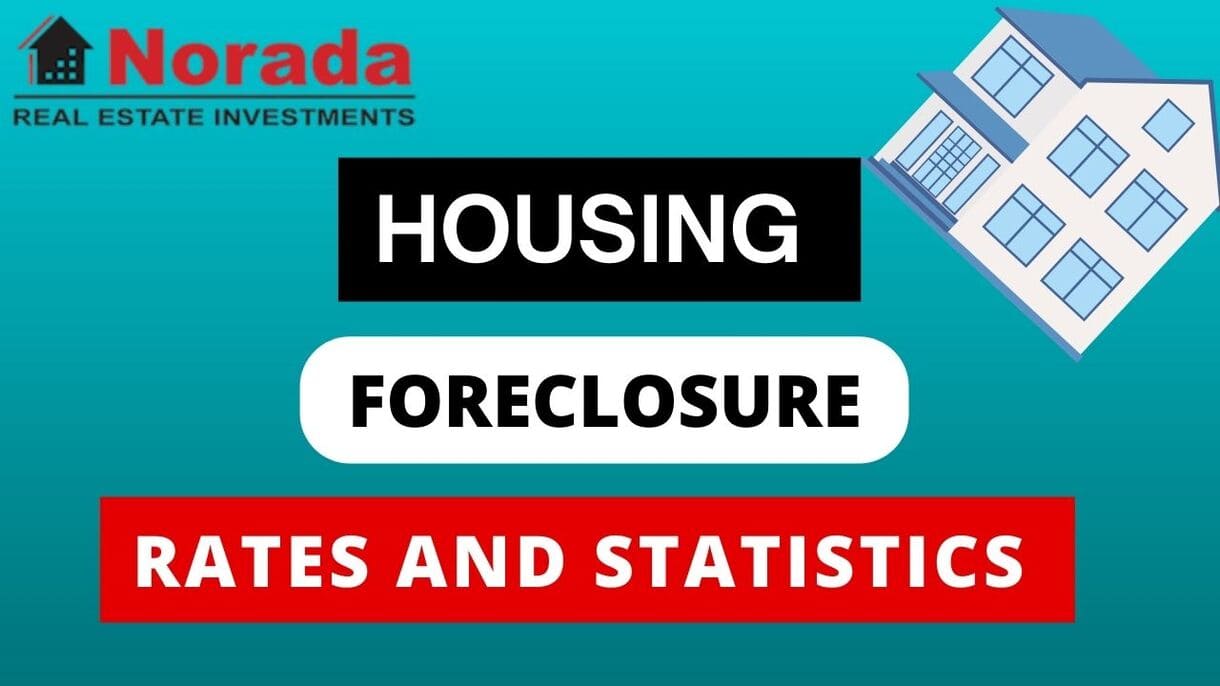As we forge ahead, experts are making San Francisco Bay Area housing market predictions for 2025 and 2026 that reveal a gradual transformation. The Bay Area real estate scene has been a hotbed of activity and speculation, and there's a lot to unpack as we consider what the future holds.
With prices that can make your head spin, understanding the future is crucial, whether you're dreaming of buying, planning to sell, or just trying to keep up with the neighborhood. So, will those exorbitant prices finally drop? Are we headed for a crash? Well, here's the short answer: experts currently predict a decline in the Bay Area housing market over the next year.
My take, based on the latest data and expert predictions, is that while the rest of the country might see modest price increases, the Bay Area could experience continued slight price softening or very slow growth over the next couple of years. It’s complex, and definitely not as simple as a nationwide trend.
So, let's unpack what the next couple of years might hold for those of us hoping to buy, sell, or simply stay put in this coveted corner of California.
Bay Area Housing Market Forecast for the Next 2 Years: 2025-2026
Key Takeaways
Where the Bay Area Market Stands Today
First off, let's get a feel for the ground we're standing on. As of late summer 2025, the housing market here in the San Francisco-Oakland-Hayward area shows some interesting signs.
- Average Home Value: The average home value sits around $1,100,174. That’s actually down 3.8% compared to this time last year. This tells me prices aren't just going up uncontrollably anymore.
- Time on Market: Homes are going into pending contracts in about 23 days. This is a decent pace, but maybe not the frantic rush we've seen in hotter markets of the past.
- Prices vs. Asking: Here’s a key insight: The median sale price ($1,160,000 in July 2025) is slightly higher than the median list price ($971,667 in August 2025). This ratio (1.004) suggests homes are still selling for roughly what's being asked, sometimes a bit more.
- Bidding Wars? About 53% of sales went for over the list price, while 38.3% sold for under. This split indicates a mixed market – some homes are still competitive, but a significant chunk aren't commanding huge premiums. This is different from a market where almost everyone is bidding way over asking.
- Inventory: There are around 9,479 homes for sale (as of Aug 31, 2025), with about 2,969 new listings hitting the market around the same time. This inventory level gives buyers more options than in super-tight markets, but it's not an overwhelming flood.
Overall, the current picture is one of a market that’s cooling down from previous highs. Homes are still selling, but buyers have a bit more breathing room, and the year-over-year price drop is noticeable.
The Forecast: The Next Two Years
When I look at forecasts, I like to see what different sources predict. Zillow, a major player in real estate data, has specific predictions for the San Francisco metropolitan area. Their outlook for the next year or so isn't exactly rosy, suggesting continued price pressure:
- Late 2025: Zillow forecasts a slight decrease of 0.4% by the end of September 2025, and a more noticeable drop of 1.2% by the end of November 2025.
- Mid-2026: Looking out to August 2026, Zillow predicts the San Francisco market could see a cumulative decrease of 3.0% compared to the baseline date (August 2025).
My interpretation? This suggests that Zillow doesn't see a major price rebound in the immediate Bay Area future. These negative percentage changes, while seemingly small, indicate a market that's still adjusting downwards or struggling to gain momentum, unlike potentially hotter areas.
Bay Area vs. The Rest of California
It's always useful to see how our region stacks up against others in the state. California is diverse, and its housing markets reflect that. Here’s a comparison based on Zillow's forecast data (showing projected percentage change by August 2026):
| Region | Predicted Change by Aug 2026 | My Thoughts |
|---|---|---|
| San Francisco, CA | -3.0% | Facing continued downward pressure or slow decline. |
| Los Angeles, CA | +0.6% | Expected to stabilize and see very slight growth. |
| Riverside, CA | +1.0% | Modest growth expected, potentially driven by affordability. |
| San Diego, CA | +1.2% | Similar to LA, expecting slight gains. |
| Sacramento, CA | -1.4% | Surprisingly, projected to decline slightly more than SF. |
| San Jose, CA | +0.3% | Neighboring SF, but projected to just about hold steady. |
| Fresno, CA | +0.9% | Inland, more affordable market showing potential for growth. |
| Bakersfield, CA | +1.7% | Strongest growth forecast among these CA regions, likely due to affordability. |
| Oxnard, CA | -0.3% | Also showing slight negative pressure, similar to SF but less pronounced. |
What jumps out at me? The Bay Area (San Francisco and San Jose) seems to be an outlier among major California metros in this dataset, with forecasts pointing towards stagnation or slight declines. More affordable regions like Fresno and Bakersfield are predicted to see actual growth. This difference likely boils down to the extreme cost of housing here. Even with slight price drops, Bay Area homes remain significantly more expensive, making them sensitive to interest rates and economic shifts.
The National Picture: A Different Story?
Now, let’s zoom out and look at the nationwide forecast, particularly from Lawrence Yun, the Chief Economist at the National Association of Realtors (NAR). His outlook is considerably more optimistic than what we're seeing for San Francisco:
- More Sales: Yun expects existing home sales to rise by 6% in 2025 and a significant 11% in 2026. New home sales are also projected to climb. This signals confidence in transaction volume increasing across the country.
- Modest Price Growth: Nationally, median home prices are predicted to grow by 3% in 2025 and 4% in 2026. This is a return to more sustainable appreciation.
- Falling Rates: A key factor is the expected drop in mortgage rates, averaging 6.4% in the latter half of 2025 and dipping to 6.1% in 2026. Yun calls rates the “magic bullet,” and I agree – lower rates make homes more affordable and can unlock demand.
This national picture suggests a market gaining steam, driven by affordability improvements from potentially lower rates and steady job growth.
So, Will Home Prices Drop or Crash in the Bay Area?
This is the million-dollar question, right? Based on the data, especially the Zillow forecast for the SF MSA, the Bay Area housing market forecast for the next 2 years doesn't indicate a “crash.” A crash usually implies a rapid, steep decline of 20% or more, often tied to economic collapse.
Instead, what I see is a potential for continued, modest price declines or stagnation (-3% predicted by Zillow for SF by mid-2026) in the Bay Area, even as the rest of the country sees slight increases.
Why this difference?
- Affordability Crisis: Bay Area housing is notoriously expensive. Even a small percentage increase nationally can price people out here, while a small decrease might not be enough to make a significant difference for many buyers.
- Tech Sector Influence: While jobs are still strong, the rise of remote and hybrid work has changed demand patterns. Companies are also becoming more efficient, potentially impacting long-term hiring needs compared to the boom years. This creates uncertainty.
- Interest Rate Sensitivity: Higher home prices mean larger loan amounts. This makes Bay Area buyers particularly sensitive to mortgage rate fluctuations. Even if rates fall nationally, the monthly payment here remains substantial.
- Inventory Levels: While inventory isn't sky-high, it's healthier than in many other markets, giving buyers more choice and reducing the pressure for drastic bidding wars.
My personal opinion is that we're likely to see prices either soften slightly or hover around current levels for much of the next two years. The data doesn't support a dramatic crash scenario, but the unique cost structure and economic dynamics here mean we probably won't mirror the modest national growth forecast precisely. Expect a slower, potentially uneven path for Bay Area real estate.
A Glimpse into Late 2026 and Early 2027
Predicting further out is always tricky, but we can extrapolate. If Lawrence Yun's prediction of falling mortgage rates (around 6.1% in 2026) holds true, and if the national economy continues its predicted steady path with increasing sales volume, these factors could eventually start to positively influence the Bay Area.
If affordability improves even slightly due to lower rates and stabilized prices, we might see:
- Bottoming Out: The market could potentially find its bottom by late 2026.
- Slow Stabilization: Moving into early 2027, I wouldn't be surprised to see the Bay Area market stabilize completely, perhaps showing the very first signs of modest, sustainable growth, maybe mirroring the lower end of the national forecast (+1% to +2%).
- Key Drivers: This stabilization would heavily depend on continued job growth in key sectors (tech, biotech, etc.) and whether mortgage rates stay relatively low.
However, if economic conditions shift or interest rates unexpectedly rise again, the Bay Area could remain in its holding pattern for longer. It’s a market that requires close monitoring.
Factors Influencing the Bay Area Housing Market
What’s leading the forecasted shifts in the housing market? Several key factors are at play:
- Interest Rates:
- Interest rates have a significant influence on the housing market. As rates climb, the number of potential buyers tends to decline since higher borrowing costs make homes less affordable. This reduction in demand can lead to slower price growth and potentially declining prices.
- Economic Conditions:
- Economic indicators, such as inflation and consumer confidence, directly affect real estate. With inflation under watch and national economic conditions fluctuating, buyers are likely becoming more cautious, waiting for a clearer picture before jumping into the market.
- Tech Industry Performance:
- The Bay Area is synonymous with tech innovation, and the fluctuations within this industry can dramatically affect housing demand. When tech stocks soar, so does the confidence of potential homebuyers. Conversely, if the tech sector experiences layoffs or declines, this will likely cool buyer interest.
- Demographics and Lifestyle Shifts:
- Many younger generations are choosing to rent instead of buy due to prohibitive home prices. The shift towards remote work has also affected where people choose to live, as some are opting for more affordable areas rather than sticking to high-cost regions.
- Local Policy Adjustments:
- Local housing policies, particularly those aimed at creating affordable housing, can significantly impact the market. Policy changes may reshape housing supply and influence price trajectories directly.
So, Will the Bay Area Housing Market Crash in the Coming Years?
Here’s the big question that's probably on everyone's mind: Is a housing market crash imminent in the Bay Area? I don't think so. A crash implies a sudden and dramatic collapse in prices, and that's not what the data is suggesting.
Several factors mitigate against a crash:
- Strong Economy: While the tech industry has seen some layoffs, the Bay Area economy is still relatively strong.
- Limited Housing Supply: The Bay Area has a chronic shortage of housing. This scarcity helps to support prices, even in a cooling market.
- High Demand (Long Term): Despite out-migration, the Bay Area remains a desirable place to live and work. This sustained demand will likely prevent a major price collapse.
Therefore, I believe the Bay Area housing market will remain resilient in the coming years. While we might not see the crazy appreciation of the past, the area's unique appeal and strong economic base will continue to support prices.
“Invest in Turnkey Rental Properties”
Discover high-quality, ready-to-rent properties designed to deliver consistent returns.
Contact us today to expand your real estate portfolio with confidence.
Contact our investment counselors (No Obligation):
(800) 611-3060
Also Read:
- Bay Area Housing Market Predictions 2030
- Bay Area Housing Market: What Can You Buy for Half a Million?
- Bay Area Home Prices Skyrocket: Wealthy Buyers Fuel Market
- Bay Area Housing Market: Prices, Trends, Forecast
- Bay Area Housing Market Booming! Median Prices Hit Record Highs
- Most Expensive Housing Markets in California
- SF Bay Area Housing Market Records 19% Sales Growth
- Bay Area Housing Market Heats Up: Home Prices Soar 11.9%





